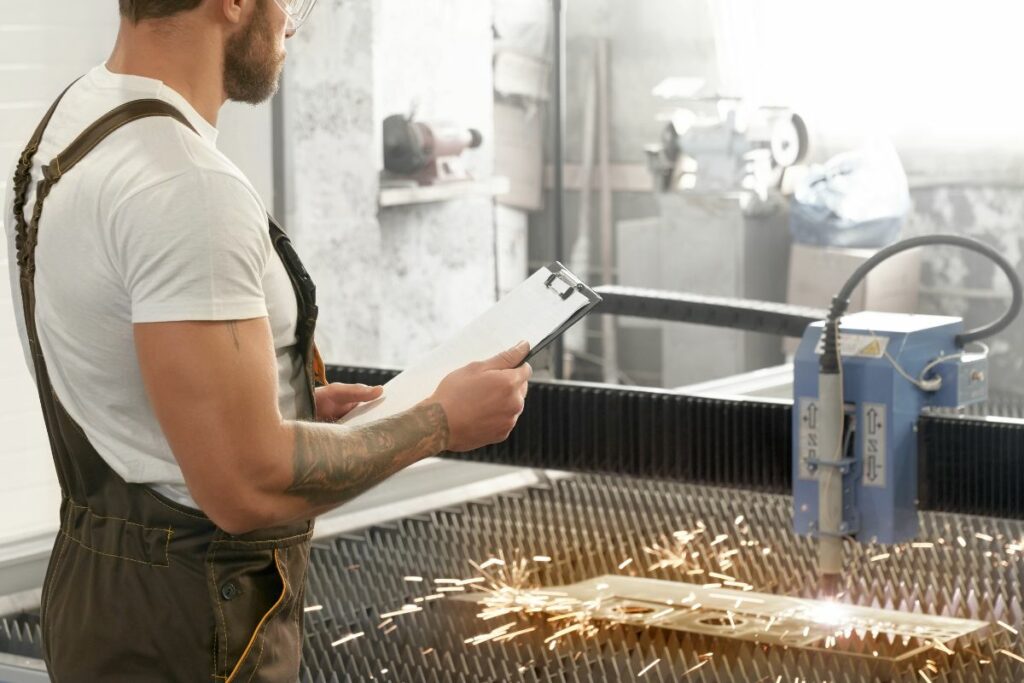
In the world of metalwork, welding has been a fundamental technique for centuries, bringing together materials and structures to create everything from bridges to sculptures. However, the landscape of welding is undergoing a significant transformation, as technology and digital advancements are reshaping the way welders approach their craft. This fusion of traditional craftsmanship and cutting-edge technology is paving the way for more precise, efficient, and innovative welding processes.
Welding, as a skill and trade, has a rich history that predates even the industrial revolution. The act of joining metals by melting their edges and fusing them together is a testament to human ingenuity. Whether it’s the ancient blacksmith forging a sword, the shipbuilders constructing majestic vessels, or the modern-day welders crafting intricate metalwork, the essence of welding has remained the same: the unification of materials to create something stronger.
With the advent of the digital age, welding has seen a transformation that is redefining the industry. This transformation is driven by several technological advancements that are making the lives of welders easier and the quality of their work better.
Embracing digital advancements in welding is not merely a matter of keeping up with the times. It offers several tangible benefits to both the welder and the industry as a whole.
While the integration of technology into welding brings numerous benefits, it also presents certain challenges. Chief among these is the need for welders to adapt to new equipment and software. Training is essential to ensure that welders can make the most of these tools and maintain the high-quality craftsmanship that is expected in the field.
Moreover, as technology evolves, so do the cybersecurity risks associated with digital welding systems. Protecting sensitive data and ensuring the secure operation of welding robots, CNC machines, and other digital equipment is a critical concern for the industry.
The fusion of welding and technology in the digital age is reshaping the metalworking industry. Welders are now armed with a new set of tools and techniques that improve precision, efficiency, safety, sustainability, and versatility. While challenges exist, the benefits far outweigh them, ensuring that welding continues to be a vital and evolving field in the modern world. As we move forward, embracing the digital age in metalwork will empower welders to push the boundaries of what’s possible in welding and create structures that are not only strong but also innovative and sustainable.